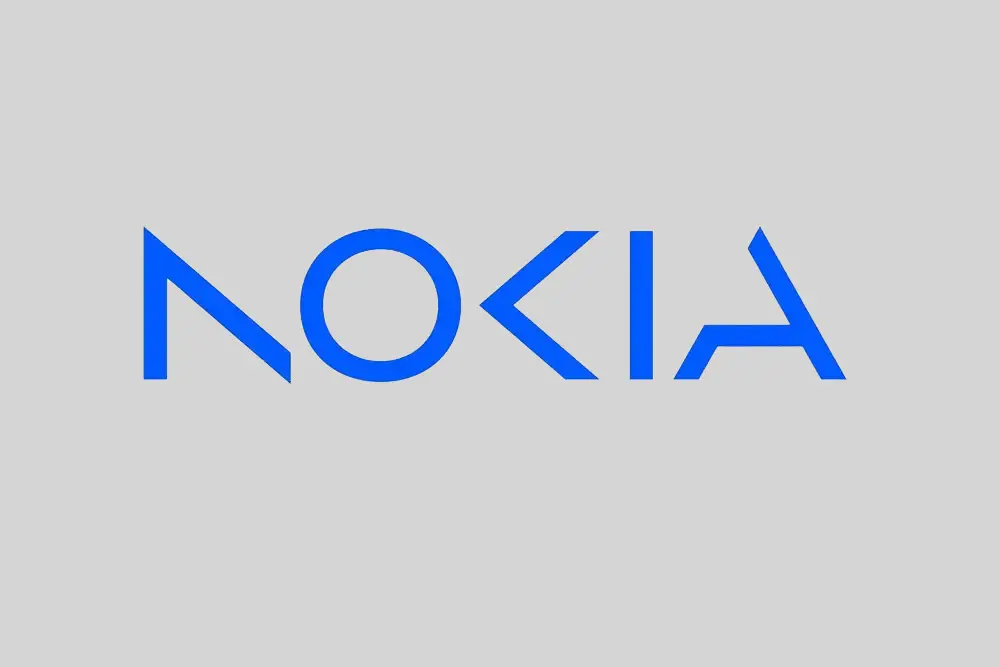Nokia has introduced the world’s first Immersive Voice and Audio Services (IVAS) codec, a breakthrough for telecommunications. Demonstrated in a live 5G call between Nokia’s president and Finland’s digitalization ambassador, the IVAS codec offers real-time spatial sound, significantly enhancing call quality and realism. Let’s explore more in our blog!
Nokia’s First-Ever Immersive Audio Call System
The IVAS codec, part of the 5G Advanced standard, introduces real-time spatial sound to phone calls. Unlike today’s monophonic calls, it adds depth by mimicking human hearing, allowing users to perceive the direction and distance of sounds. This advancement promises to revolutionize voice and video communication across industries and anticipates future applications in XR and the metaverse. Nokia’s leadership in standardization through 3GPP sets the stage for global adoption once 5G Advanced networks are fully operational, marking a significant leap towards immersive communication technologies.
During a demonstration, Nokia’s CEO Pekka Lundmark highlighted how this technology enhances the listening experience for voice and video calls, benefiting enterprise and industrial applications by improving collaboration and productivity. Spatial audio on smartphones, tablets, or PCs represents the most significant advancement in live voice calling since monophonic telephony audio.
Pekka Lundmark, President and CEO of Nokia said: “We have demonstrated the future of voice calls. This groundbreaking audio technology creates a spatial and vastly improved listening experience for voice and video calls, benefiting enterprise and industrial applications.”
What is Immersive Voice and Audio Call Technology?
Immersive Voice and Audio Call Technology is a cutting-edge innovation that combines advanced audio processing algorithms, spatial audio rendering, and cutting-edge hardware to create an unparalleled auditory experience. This technology transcends the limitations of traditional voice and audio calls, transporting you into a virtual space where voices and sounds feel as if they are deriving from their true locations within a three-dimensional environment.
Benefits of Immersive Voice and Audio Call Technology
The benefits of Nokia’s Immersive Voice and Audio Call Technology extend far beyond mere novelty, offering a wide range of practical applications and advantages:
- Enhanced Collaboration: By creating a shared virtual audio environment, this technology facilitates more effective collaboration, making remote meetings and conferences feel like in-person gatherings.
- Improved Comprehension: The spatial audio rendering and advanced audio processing ensure that every word is clearly understood, reducing miscommunication and enhancing productivity.
- Immersive Entertainment: Imagine experiencing movies, music, and gaming with a level of auditory realism that transports you directly into the action, creating an unparalleled entertainment experience.
- Accessibility: For individuals with hearing impairments or special needs, this technology can provide a more inclusive and accessible communication experience by optimizing audio signals for their specific requirements.
Also read: scarlett johansson sues openai using her voice
How It Works: The Technology Behind Immersive Calls
At the heart of Nokia’s Immersive Voice and Audio Call Technology lies a sophisticated combination of hardware and software components that work in perfect harmony to create a truly immersive auditory experience.
- Specialized Microphone Array: A specialized microphone array captures audio signals from multiple directions, enabling precise spatial audio rendering.
- Advanced Signal Processing: Cutting-edge algorithms analyze and process the captured audio signals, separating individual sound sources, enhancing clarity, and reducing background noise.
- Head-Tracking Technology: By tracking the user’s head movements, the technology adjusts the audio output in real-time, creating a dynamic and realistic auditory experience that responds to your movements.
- Binaural Audio Rendering: Utilizing advanced binaural audio rendering techniques, the technology simulates the natural way our ears perceive sound, creating a truly immersive and lifelike auditory environment.
- Specialized Audio Hardware: Nokia’s technology incorporates specialized audio hardware components, such as high-fidelity speakers and advanced audio codecs, to ensure optimal audio quality and performance.
Standardization and Deployment
For spatial communications to be widely adopted, the IVAS codec must become part of a global standard. Nokia has played a key role in the 3GPP IVAS codec’s standardization. Although not yet available on mobile networks, Nokia completed the first real-time IVAS call over a commercial 5G network using its proprietary technology. Most current smartphones already have the necessary hardware for IVAS compatibility, but full deployment of the 5G Advanced standard is years away.
The Future of Communication
The first immersive phone call opens numerous possibilities for future communication. The IVAS codec promises rich, three-dimensional experiences, enhancing personal, professional, XR, and multimedia interactions.
Enhanced Personal Communication
Immersive voice calls make conversations more engaging, allowing users to feel closer to loved ones by perceiving the direction and distance of their voice.
Professional and Enterprise Applications
In professional settings, clear and immersive communication can enhance remote collaboration and improve telemedicine consultations by providing accurate and immersive interactions.
XR and Metaverse Applications
As XR and metaverse ecosystems grow, the demand for immersive audio experiences will rise. The IVAS codec offers realistic and spatially accurate audio, enhancing virtual-world interactions.
Multimedia Applications
The IVAS codec extends beyond voice calls to multimedia uses, transforming how we watch movies and play games with spatial audio that immerses us in the action.
Nokia’s world-first immersive voice and audio call marks a significant milestone in communication technology. The IVAS codec introduces real-time spatial sound, promising more realistic and engaging voice and video calls. As standardization and deployment progress, this technology could transform personal communication, professional collaboration, and multimedia experiences, bringing us closer together in our digital world.
Get more tech updates from our articles.



